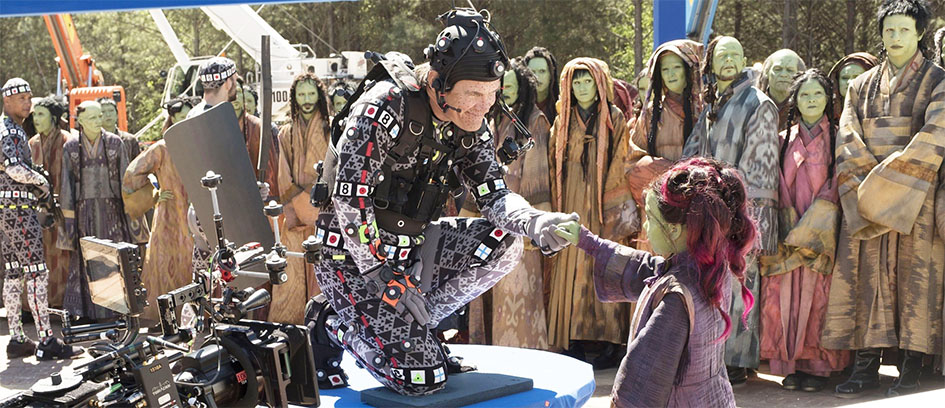What Is Motion Capture?

Ever wonder how Mark Ruffalo becomes The Hulk? Or how they make Rocket and Groot look so lifelike in Avengers: Endgame? These characters come to life through a process called motion capture. Central Casting casts motion capture performers for all kinds of productions, including films and video games. Here's what you need to know about motion capture in movies.
What is motion capture?
Motion capture (also known as mocap or performance capture) is a process in which an actor's performance is captured and then used to create a CGI character. Motion capture originated as a way to study biomechanics, then in the 1990s became a tool for video game developers to animate characters.
One of the first films to primarily use the technique was the animated Sinbad: Beyond the Veil of Mists. Production began in 1997 using actors to capture the movement of the characters, then over the next three years, over one hundred animators used those performances to animate the film. While Sinbad was a box office flop, it paved the way to future use of the technique.
Directors quickly began to adopt the technology for high profile projects like Star Wars: Episode 1 - The Phantom Menace, The Lord of the Rings, and Avatar. Now many productions use the technique, including blockbuster franchises like the Marvel Cinematic Universe, the Star Wars saga, and the Planet of the Apes films.
How does it work?
The motion capture process has evolved rapidly since it was first used in filmmaking, but a lot of the basic principles are the same. When you think of mocap, you probably think of ping pong balls attached to skin tight suits. In the early days of the process, motion capture filming was done in special studios equipped with cameras placed throughout the room. When an actor moved, the cameras tracked the sensors (white balls) on the suit and relayed the movements to a computer. Animators then created the digital character from those movements and inserted the final version into the film.
One of the biggest changes in the process is that the performer no longer needs to be in a studio, but can be on set filming with other actors. Thanks to technology developed for Avatar, a director can also watch the actor and the digital version of the character on a monitor in real time.
Now mocap is commonly coupled with performance capture, which refers to capturing an actor's facial movements and expressions. For performance capture, an actor's face is filmed from a camera mounted to their suit's headpiece. Dots are also placed around their face to digitally track their facial movements.
So how does this all come together to create a CGI character? Let's use Thanos from Avengers: Infinity War and Avengers: Endgame as an example. According to the Hollywood Reporter, creating Thanos was a multi-step process between several visual effects houses. First, actor Josh Brolin's facial expressions were scanned using special high resolution scanning software. Then Brolin would act out his scenes on set wearing a mocap suit and performance capture equipment. Since Thanos is supposed to be significantly taller than Brolin, the actor would often wear a backpack with a pole extension or act on a platform to help his co-stars have a proper eyeline for the finished product. Once the scenes were shot, visual effects teams would use the scanned facial expressions, motion capture, and performance capture to create the fully realized digital Thanos. Stand-Ins for Thanos cast by Central Casting Georgia were also dressed in mocap suits for blocking, lighting, and camera set-ups.
Who does motion capture?
Motion and performance capture can be done by anyone with the right equipment. In filmmaking, motion capture is often done by actors and stuntmen. When the process first took off in the entertainment industry, there were a handful of actors known for doing mocap work, the most popular being Andy Serkis. Now that the process has become a staple in the film industry, many of Hollywood's biggest stars, including Lupita Nyong'o, Cate Blanchett, Benedict Cumberbatch, and Christian Bale have created characters using motion capture.
Want to know more about how your favorite movies and TV shows are made? Learn about the three stages of film production and find out what Background Actors do.